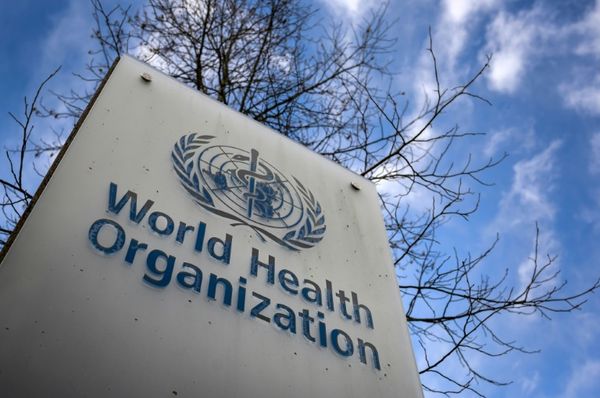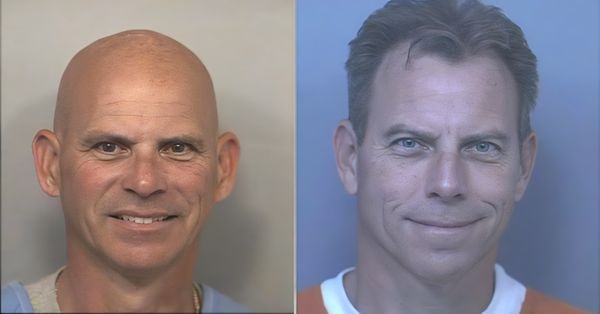The new commander of Moscow’s army in Ukraine has announced that civilians were being “resettled” from the Russian-occupied southern city of Kherson, describing the military situation as “tense”.
“The enemy continually attempts to attack the positions of Russian troops,” Sergei Surovikin said in his first televised interview since being appointed earlier this month, adding that the situation was particularly difficult around the occupied southern city of Kherson.
Surovikin’s statements on Tuesday came amid repeated military setbacks for Russian forces prompting Moscow’s dependence on Iran, which is sending missiles and drones.
On Tuesday, the New York Times reported that military advisers from Iran’s Islamic Revolutionary Guard Corps were on Ukrainian soil, at a Russian military base in occupied Crimea. The Iranians were reported to have been deployed to help Russian troops deal with problems with the Tehran-supplied fleet of Shahed-136 drones, rebranded as Geran-2 by the attackers.
Russian forces have been trying to hold off a fierce Ukrainian counter-assault in Kherson, a region in the south of Ukraine that Moscow claimed to have annexed last month after staging a sham referendum.
Surovikin admitted that the situation in Kherson was “not easy”.
“Further actions and plans regarding the city of Kherson will depend on the developing military-tactical situation, which is not easy. We will act consciously, in a timely manner, without ruling out difficult decisions,” he added.
The comments appeared to mark a rare acknowledgment of the difficulties facing Russian forces. But it was not immediately clear whether Surovikin, the ruthless general now in charge of the war, was hinting at a looming Russian withdrawal from Kherson or a fresh round of airstrikes.
Kherson, which lies near the mouth of the Dnipro on the west bank, was one of the first cities to fall to Russia after the invasion on 24 February and is a crucial strategic and symbolic target for Ukraine’s government.
Gruelling fighting has been reported in the region since the start of Ukraine’s counter-offensive at the end of the summer, with both sides suffering steep casualties.
The Ukrainian army has sought to pinch off Russian supply lines to Kherson by destroying the two main road bridges across the Dnipro. Kyiv has recently introduced a news blackout in the south of the country, leading to speculations that it was preparing a new major offensive on Kherson.
“When the Ukrainians have a news blackout it means something is going on. They have always done this before when there is a big offensive push on,” Michael Clarke, a former director general of the Royal United Services Institute, told Sky News.
“I am guessing in the next 48-72 hours they might tell us what is happening,” he added.
Shortly after Surovikin’s statements, the Russian-installed head of Kherson, Vladimir Saldo, said in a video address that people in four towns in the Kherson region were being moved, in anticipation of a “large-scale offensive”.
Kirill Stremousov, the Russian-installed deputy administrator of the Kherson region, echoed the message on Telegram late on Tuesday. “The battle for Kherson will begin in the very near future. The civilian population is advised, if possible, to leave the area of the upcoming fierce hostilities,” he said.
Since Surovikin’s appointment on 8 October, Moscow has unleashed a barrage of cruise missiles and “kamikaze” drones targeting Ukrainian critical infrastructure as well as the civilian population.
Ukraine’s president, Volodymyr Zelenskiy, said that Moscow’s use of Iranian-made drones was a symbol of the Kremlin’s “military and political bankruptcy”.
“The very fact of Russia’s appeal to Iran for such assistance is the Kremlin’s recognition of its military and political bankruptcy,” Zelenskiy said in his daily address on Tuesday.
“For decades, they spent billions of dollars on their own military industrial complex. And in the end, they bowed down to Tehran in order to secure quite simple drones and missiles.”
But, Zelenskiy added, “strategically, it will not help them anyway. It only further proves to the world that Russia is on the path of defeat and is trying to draw someone else into its accomplices in terror.”
The bombing is often inaccurate and civilians have been killed in residential buildings in Kyiv and other big cities. But enough have got through to cause problems for a power grid already short of generation after the Zaporizhzhia nuclear power plant was shut down.
Nearly a third of Ukraine’s power stations have been destroyed by Russian attacks since Monday last week – prompting Nato’s secretary general to announce that new counter-drone defences would be delivered within days.
Kyrylo Tymoshenko, the deputy head of the presidential office, said energy infrastructure and power supply were targeted overnight in an eastern district of Kyiv, where two people were killed, and in the cities of Dnipro and Zhytomyr.
“The situation is critical now across the country because our regions are dependent on one another … it’s necessary for the whole country to prepare for electricity, water and heating outages,” Tymoshenko told Ukrainian television.
Jens Stoltenberg, Nato’s secretary general, said member countries would “step up” and deliver more air defences to help stabilise the situation. “Nato will in the coming days deliver counter-drone systems to counter the specific threat of drones, including those from Iran,” he said.
Although there are signs that Moscow is running short on guided missiles, it has acquired up to 2,400 Iranian drones, according to Ukraine, and is using them as cheaper substitutes to hit the energy targets and strike fear into civilians.
Iran denies supplying the drones to Russia, while the Kremlin spokesperson, Dmitry Peskov, said he did not have any information about their origin. “Russian equipment with Russian names is being used,” Peskov said.
Ukraine, experts and western governments believe the Gerans are rebranded Shahed drones, identifiable by their distinctive delta wing shape and from an examination of fragments recovered from the ground.
A western official, speaking on condition of anonymity in a briefing on Tuesday, said they believed Russia was “pursuing a deliberate strategy of attempting to destroy Ukraine’s electricity network”.
Reuters reported that Iran had promised to provide Russia with surface-to-surface missiles, in addition to more drones, citing two senior Iranian officials and two Iranian diplomats.
The UK defence secretary, Ben Wallace, and the foreign secretary, James Cleverly, flew to Washington on Tuesday to discuss how to respond to Iran’s intervention, as officials briefed that a new air defence package for Ukraine was being prepared.
Last week Germany delivered the first of four Iris-T air defence systems it had promised to supply Ukraine, but the US has been wary of strengthening Ukraine’s air force and defences for fear it would be seen as an escalation.
Kevin McCarthy, the Republican leader in the US House of Representatives, warned on Tuesday that Congress would not “write a blank cheque to Ukraine” if his party wins next month’s midterm elections.
Hours later, however, another senior Republican, Michael McCaul, said that he thought that the Ukrainians should “get what they need” – including longer-range missiles than those the Biden administration has so far been prepared to supply.
Analysts say the mixed messages reflect an internal debate between traditional national security conservatives and the Trumpist wing of the party, where pro-Russian sentiment is much stronger.







